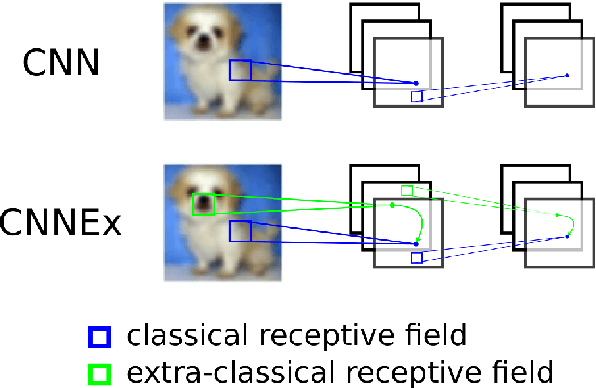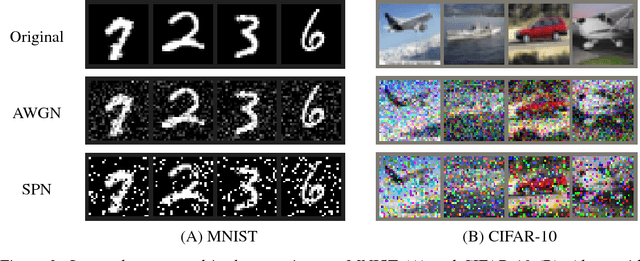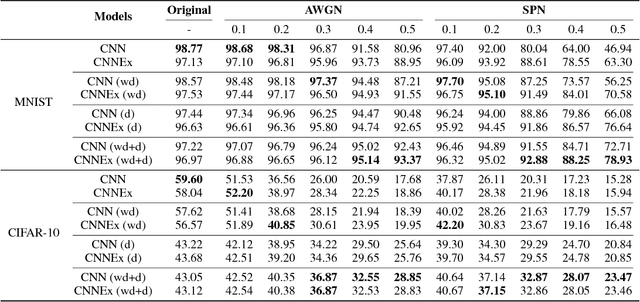Brian Hu
Language Models are Alignable Decision-Makers: Dataset and Application to the Medical Triage Domain
Jun 10, 2024Abstract:In difficult decision-making scenarios, it is common to have conflicting opinions among expert human decision-makers as there may not be a single right answer. Such decisions may be guided by different attributes that can be used to characterize an individual's decision. We introduce a novel dataset for medical triage decision-making, labeled with a set of decision-maker attributes (DMAs). This dataset consists of 62 scenarios, covering six different DMAs, including ethical principles such as fairness and moral desert. We present a novel software framework for human-aligned decision-making by utilizing these DMAs, paving the way for trustworthy AI with better guardrails. Specifically, we demonstrate how large language models (LLMs) can serve as ethical decision-makers, and how their decisions can be aligned to different DMAs using zero-shot prompting. Our experiments focus on different open-source models with varying sizes and training techniques, such as Falcon, Mistral, and Llama 2. Finally, we also introduce a new form of weighted self-consistency that improves the overall quantified performance. Our results provide new research directions in the use of LLMs as alignable decision-makers. The dataset and open-source software are publicly available at: https://github.com/ITM-Kitware/llm-alignable-dm.
Convolutional neural networks with extra-classical receptive fields
Oct 27, 2018



Abstract:Convolutional neural networks (CNNs) have had great success in many real-world applications and have also been used to model visual processing in the brain. However, these networks are quite brittle - small changes in the input image can dramatically change a network's output prediction. In contrast to what is known from biology, these networks largely rely on feedforward connections, ignoring the influence of recurrent connections. They also focus on supervised rather than unsupervised learning. To address these issues, we combine traditional supervised learning via backpropagation with a specialized unsupervised learning rule to learn lateral connections between neurons within a convolutional neural network. These connections have been shown to optimally integrate information from the surround, generating extra-classical receptive fields for the neurons in our new proposed model (CNNEx). Models with optimal lateral connections are more robust to noise and achieve better performance on noisy versions of the MNIST and CIFAR-10 datasets. Resistance to noise can be further improved by combining our model with additional regularization techniques such as dropout and weight decay. Although the image statistics of MNIST and CIFAR-10 differ greatly, the same unsupervised learning rule generalized to both datasets. Our results demonstrate the potential usefulness of combining supervised and unsupervised learning techniques and suggest that the integration of lateral connections into convolutional neural networks is an important area of future research.
 Add to Chrome
Add to Chrome Add to Firefox
Add to Firefox Add to Edge
Add to Edge